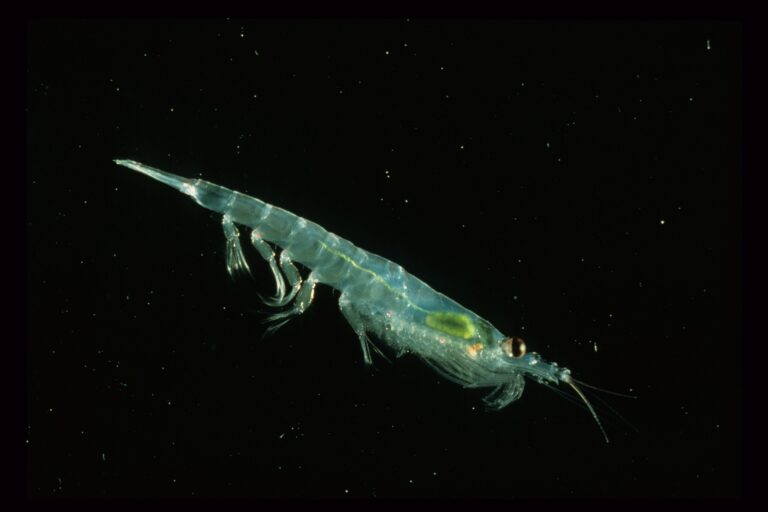- New research estimating the haul of recreational fishers around the world finds that sharks and rays are increasingly being targeted, and that has researchers worried.
- As of 2014, researchers estimate, about 900,000 metric tons of fish were extracted from marine waters by recreational fishers. That’s up from 280,000 metric tons in the 1950s, but still less than 1% of total global marine catches.
- The researchers found that catches of cartilaginous fish like sharks and rays has increased steadily over the past six decades, and now comprises some 54,000 metric tons, or about 6% of the annual catch for recreational purposes.
New research estimating the haul of recreational fishers around the world finds that sharks and rays are increasingly being targeted, and that has researchers worried.
The United Nations’ Food and Agriculture Organization (FAO) has been documenting commercial fisheries catches by country since 1950, but very few recreational catches are reported to the agency. So an international research team used a variety of data sources and methods to reconstruct likely marine recreational catches in 125 countries from 1950 to 2014.
According to a study summarizing the results, published in the journal Frontiers in Marine Science last week, “marine recreational catches that are retained and landed increased globally until the early 1980s, stabilized through the 1990s, and began increasing again thereafter.” Trends vary by region, however, with recreational catches increasing in Africa, Asia, and South America, decreasing slightly in Europe and Oceania, and decreasing substantially in North America.
As of 2014, the researchers estimate, about 900,000 metric tons of fish were extracted from marine waters by recreational fishers. That’s up from 280,000 metric tons in the 1950s, but still less than 1% of total global marine catches.
“Even though information is scarce and disparate, we were able to learn about what is being caught and has been caught in 125 countries over the past 60+ years,” Dirk Zeller, a co-author of the study and director of the Sea Around Us – Indian Ocean at the University of Western Australia, said in a statement. “Thus, we have assembled the first comprehensive global estimate of marine recreational catches, which is a major accomplishment. Even approximate estimates are better than saying ‘we have no data,’ which translates into ‘there are zero recreational catches,’ a statement that is not true for most countries and that leads to an under-valuation of recreational fisheries and their impact on fish populations.”
The researchers found that catches of cartilaginous fish like sharks and rays have increased steadily over the past six decades, and now comprise some 54,000 metric tons, or about 6% of the annual catch for recreational purposes.

“The rise in shark and ray catches started in the 1990s and has been particularly sharp in Oceania and South America,” Kátia Freire, the study’s lead author and a professor at the Universidade Federal de Sergipe in Brazil, said in a statement. “However, we may actually be underestimating the real amounts, as accessing recreational fisheries data is particularly difficult. Most countries do not compile these data or those that do, do not incorporate them into their national fisheries statistics that are reported to the Food and Agriculture Organization of the United Nations.”
Many shark and ray species are already facing severe threats to their existence thanks to the commercial fishing industry and illegal fishers. What’s more, their slow growth and late maturation rates mean that individual sharks and rays produce a small number of offspring during their lifetimes. So when individuals are caught before they’ve had a chance to reproduce, the whole population can suffer.
The researchers did not include fish released after being caught in their catch estimates. But according to Daniel Pauly, a study co-author and principal investigator of the Sea Around Us initiative at the University of British Columbia, fishers who catch-and-release sharks and rays are likely still contributing to the species’ decline. “The problem with sharks and rays is that even if they are thrown back into the ocean, a practice that is not uncommon as many recreational fishers now practice ‘catch-and-release,’ not all individuals survive,” Paul said in a statement. “For example, 98 percent of scalloped hammerheads die.”
Study co-author Jessica Meeuwig, director of the Marine Futures Lab at the University of Western Australia, noted that popular recreational fishing practices such as beach-based shark fishing are problematic, as well.
“In Australia, a group of recreational fishers lands large tiger sharks and hammerheads from the beach,” Meeuwig said in a statement. “These large animals are essential to population health and are unlikely to survive the experience of a lengthy fight and subsequently being dragged up the beach. Given the threatened status of these species globally, such practices are inappropriate.”
The researchers write in the study that they are hopeful their research can kickstart a new era of data collection on global recreational catches in order to get a full picture of how human activities are impacting fisheries. “We anticipate that this study, and the underlying data freely available at www.seaaroundus.org, can serve as a starting point to devise or improve national data collection and estimation procedures for catches originating from recreational fisheries by all countries in line with the annual data request by FAO,” they write. “After all, ecosystem considerations in fisheries management do require comprehensive data on all fisheries sectors.”

CITATION
• Freire, K. M. F., Belhabib, D., Espedido, J. C., Hood, L., Kleisner, K. M., Lam, V. W., … & Motta, F. S. (2020). Estimating Global Catches of Marine Recreational Fisheries. Frontiers in Marine Science, 7, 12. doi:10.3389/fmars.2020.00012














